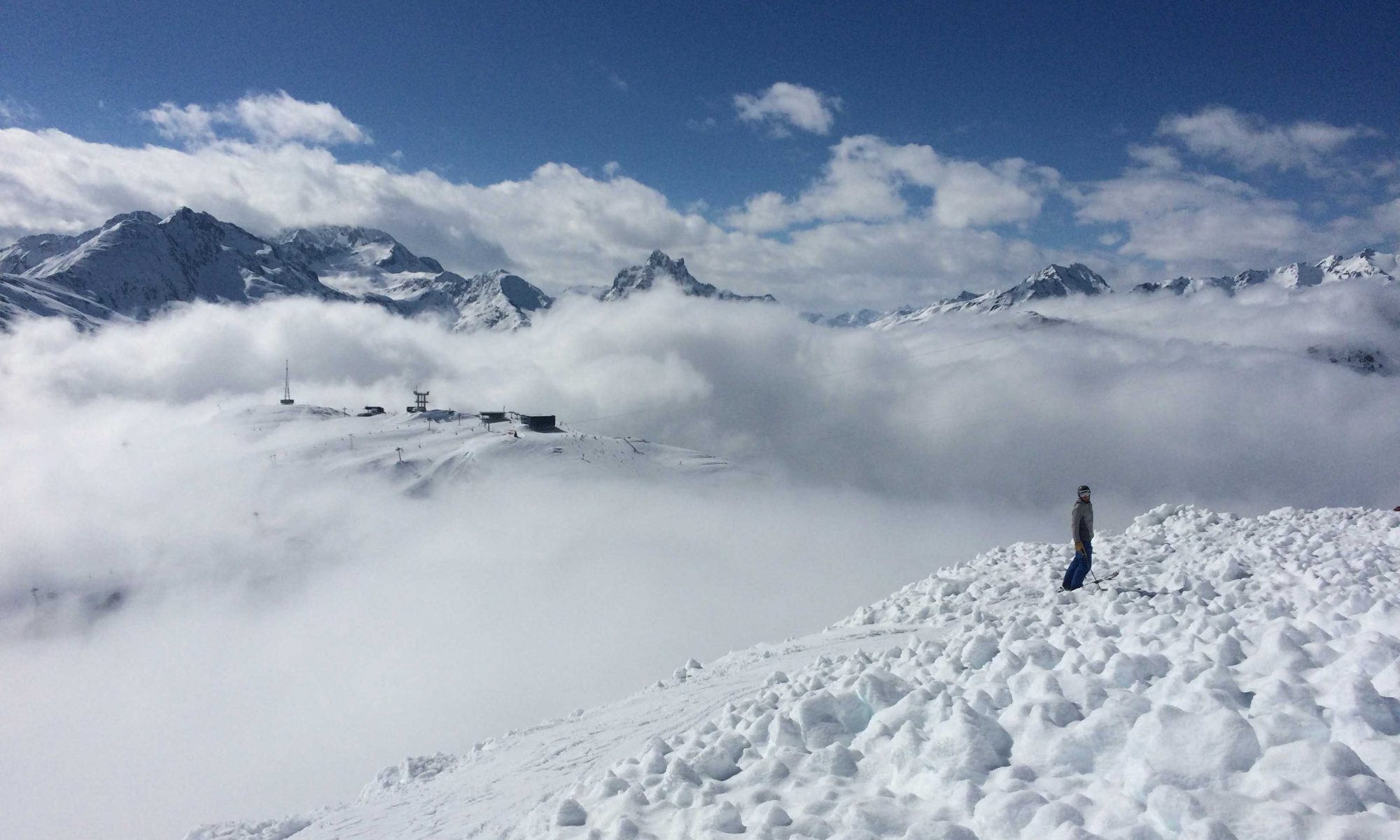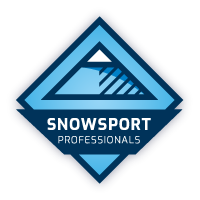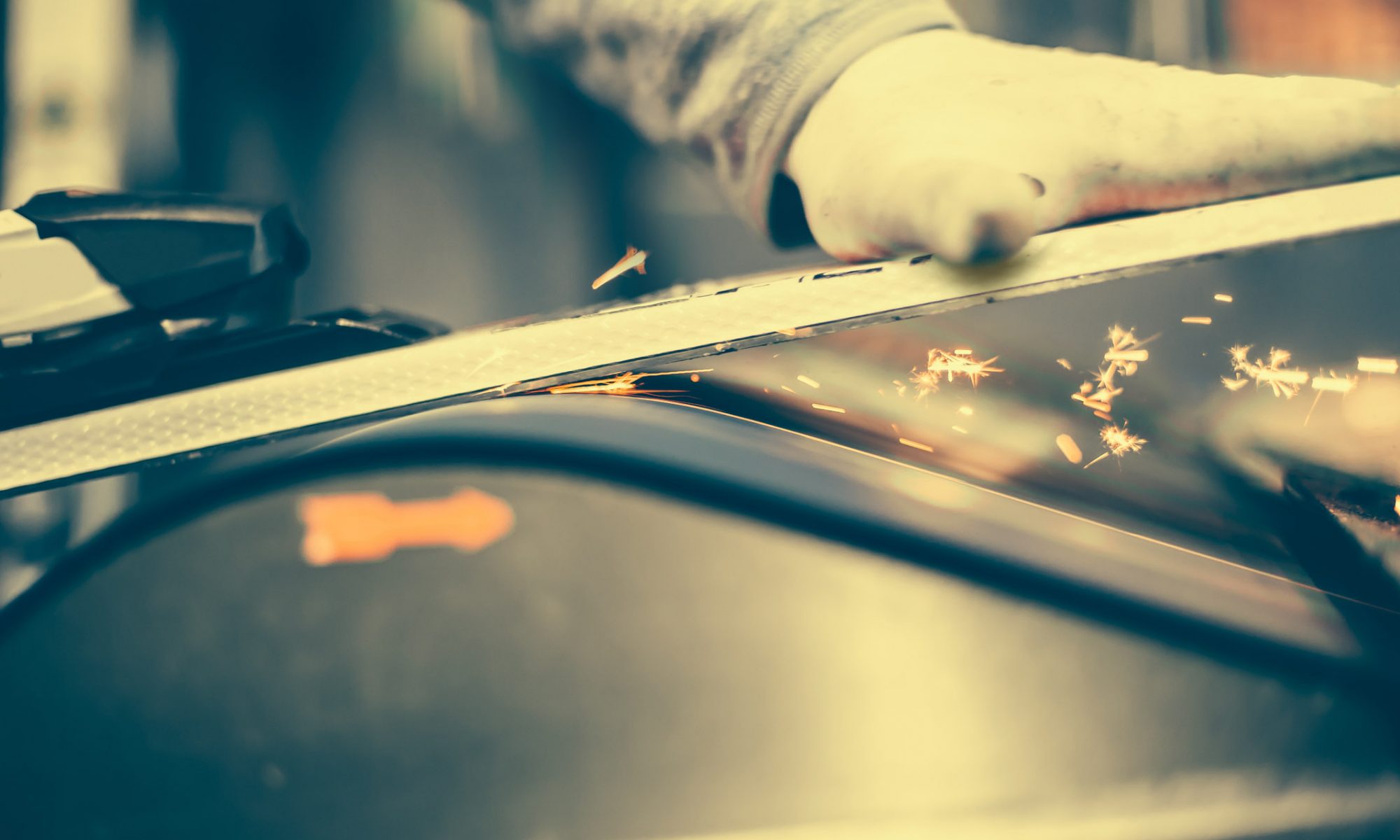Ski and snowboard servicing can add a lot of additional cost to your winter season. Often you can find a good price for a service with your local service centre. However, another option is to learn how to service your own skis or snowboard. Below is my list of some of the most essential ski and snowboard servicing equipment, and a quick description of what they are for.
Servicing tools are not cheap, however they are a good investment, most of these tools will last you for years. Also, servicing your own edges takes off much less metal than a machine service. This means your skis and snowboards can be serviced many times more.
*I will also suggest a DIY alternative where possible. This could save you money, or just lighten your load when travelling. Its worth checking out some servicing kits, which include a few of the main tools you need. Kits are not often the best quality tools, but they can be a good cheap way to start building up your toolkit.
Clamps
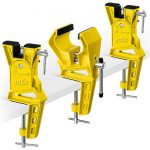
Clamps are used to hold your skis or snowboards in place while you service. They really make you service easier and some kind of clamp is a must.
*DIY option: Its quite easy to create your own workstation. The most basic is to fix two pieces of wood to a bench (just wider than your bindings). You can then sit your skis or board across them ready to service.
If you do a quick web search, you will find lots of great ideas for making your own workstation. Tip try searching for “DIY ski servicing clamps” for ideas.
So although buying clamps is not essential, having some kind of workstation definitely is essential ski and snowboard servicing equipment.
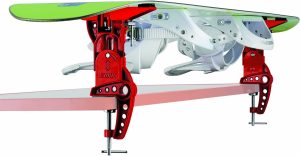
Sidewall remover
To edge or ‘tune’ your skis / board, you will need to take a bit of the sidewall away. You might be able to tune your edges once or twice without, but very soon the sidewall will get in the way of the edge.
Edge stone
This stone is used to remove the rough burrs and protruding metal from your edges that are left behind from hitting rocks etc.. this is not essential, if you are able to avoid hitting rocks 😉
Side Angle / Edge Tuner
This is where you need to choose between a Side Angle tool which has a fixed angle, or a an Edge Tuner which can be adjusted to suit your needs. A Side Angle is usually a much more stiff and stable tool that makes it easy to accurately edge your equipment. However it is fixed at only one angle, so if you use a different angle for other equipment, you will need multiple Side Angle tools. The other option is an Edge Tuner, these are usually adjustable or can be flipped over for tuning different angles. The downside of these is that they are usually plastic, so they are less durable and have a small amount of play that can make it harder to achieve that perfect edge.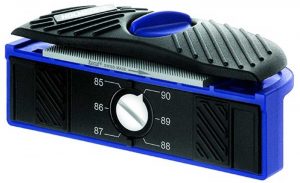
Adjustable Edge Tuner (above)
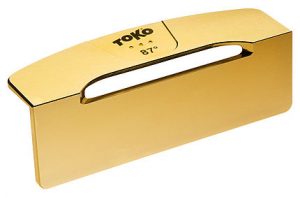
Fixed Edge Tuner (note you will also need a clamp to fix the file to the edge tuner.
Edge file
This is a must for my essential ski and snowboard servicing equipment list. Often Edge Tuners or servicing kits will come with a suitable file. However, I would recommend you spending a bit more money on a better file, most are branded as WC or World Cup edge files.
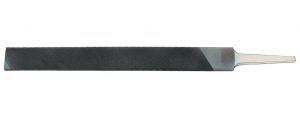
Rubber bands (ski only)
Use these to hold ski brakes retracted out of the way.
* If you can’t get your hands on any bands, the DIY option is string string or ski straps etc. I use rubber wrist bands that a bar gave me as part of a promotion.
Diamond file
If you take a microscope to your edges after you have tuned them with a file, you will see that they are still not smooth, a diamond file will polish the edge and smooth out that rough side, in turn making your edge sharper. Without this, your edges will blunt much faster. Diamond files are available with a grit level of around 100 to 1600.
100 is quite rough and could be used in place of your edge file. I would recommend a 600 grit for finishing your skis. If you are racing you could finish with a smooth 1600 grit. This is a bit overkill for everyday skiing though.
Brushes
There are a few different brushes for preparing your base and creating a race finish. It would ideal be to have a whole array of brushes to suit every situation. We don’t all have this option though so you can scale down your brush collection to whichever suits you best. I would recommend using a mixed soft copper brush for cleaning off dirty wax and preparing your base. After waxing and scraping, you will need to brush the skis again to give a good ‘finish’. For this you could use a nylon brush or a much finer horsehair brush.
*A DIY option is to use a scouring pad or the rough part on the back of your kitchen sponge, it will give the base a half decent structure (click here for details on base structure) and also performs well enough at finishing. See wax for more details on finishing
Base Repair Candle (P-TEX)
Sadly it is inevitable that you will hit a rock and take chunk out of the bottom of your skis or snowboard. If you do, you will need a P-TEX candle, use this to drip and fill your nasty gash.
Waxing Iron
Waxing Irons are used for melting the wax and spreading it on the base of your ski / snowboard. You can find small travel waxing irons if you need to travel light. The advantage of a larger one however is a thicker iron plate which will heat more evenly. Please buy an iron designed for waxing, don’t use a clothes iron, they do not provide heat evenly and its very likely you will destroy your equipment by burning your base. Equally, travel irons can deliver heat less evenly, so be careful not to wax for too long.
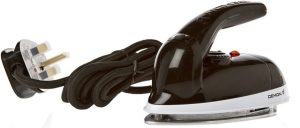
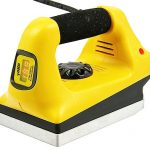
Wax
Wax is essential. When you ski on snow you create heat, the very surface of the snow becomes a film of water which your ski would stick to without wax. Much like a car tyre, your ski / board needs a tread to allow the water to be dispersed. This is why you should brush after waxing, and take care of your bases. If you find your base gets dry very quickly after waxing, see base structure (coming soon).
There are many many different waxes and you could spend a small fortune on racing wax, these usually contain fluorocarbon which dispels water, can be very effective for skiing but they are expensive, the fumes are pretty hazardous to your health if you don’t ventilate, plus they are potentially harmful to the environment. Unless you are actually racing I would say fluoro waxes are unnecessary. Flouro waxes can also clog up your base structure, and dry out your bases if you don’t regularly clean them properly using fluoro solvents.
You can also go into temperature specific waxes for all the varieties of winter, however for everyday skiing and teaching, I would recommend a universal wax, perhaps advertised as a training wax, they tend to have a broad temperature range. Universal or training waxes are quite durable, so they have a good lifespan before they need applying again.
Scraper
After waxing you need to remove the excess wax. for this you need a plastic scraper. If you buy a servicing toolkit, this will nearly always be included.
You may have seen some metal scrapers, On the whole I would not recommend them. Metal scrapers can be too harsh and also damage the structure of your base.
Scrapers are also used to shave excess P-TEX giving a flat base again. For this I would use a metal one, until it is nearly flat, then swap to plastic to finish.
The End.
Thanks for reading, If you have your own preferred tools, please feel free to comment below. If you’re interested in what tools I use, head on over to my other article and read about My Ski Servicing Equipment.
